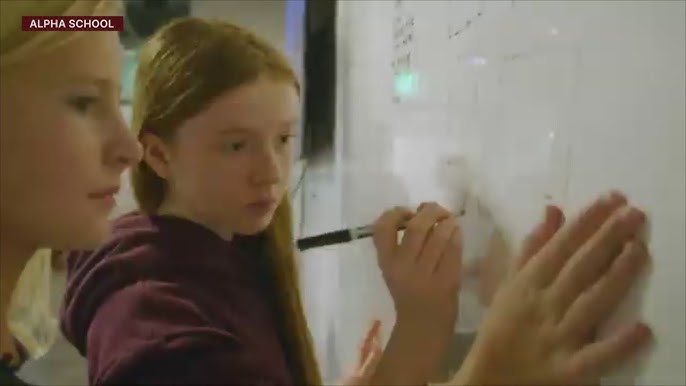San Francisco Unveils AI School: 5 Key Features (2025 Revolution)
Discover San Francisco's revolutionary AI school opening in 2025, offering cutting-edge education in machine learning, robotics, and ethical AI development.

Inside San Francisco’s New AI School: The Future of US Education?
San Francisco has launched a pioneering educational institution dedicated exclusively to artificial intelligence (AI), marking a significant step in the evolving landscape of US education. This new AI school aims to equip students with cutting-edge skills tailored to the rapidly expanding AI industry, reflecting the city’s role as a global technology hub. Opening in 2025, it combines advanced AI curriculum with hands-on training to prepare learners for the digital economy’s demands and challenges.
A Bold Vision for AI Education in San Francisco
The new AI school in San Francisco is designed to serve high school and college-age students who aspire to enter the AI field. Its curriculum is built around core AI competencies including machine learning, natural language processing, robotics, and ethical AI development. Unlike traditional schools, it integrates real-time industry projects, collaborations with tech companies, and access to AI research labs.
This initiative answers growing concerns about the US education system’s readiness to prepare students for AI-driven careers. By focusing explicitly on AI skills, the school aspires to bridge the gap between theoretical knowledge and practical application, which many experts consider crucial for future job markets.
Curriculum and Pedagogical Innovation
The school offers a multi-disciplinary approach, blending computer science with data analytics, ethics, and creative problem-solving. Students learn programming languages such as Python and TensorFlow, develop AI models, and engage in projects that simulate real-world AI challenges.
An emphasis on AI ethics and societal impact is a distinctive feature, addressing concerns about bias, privacy, and automation’s effect on employment. Faculty includes AI researchers, industry veterans, and educators specializing in technology-driven pedagogy.
Additionally, the school leverages AI-powered educational tools to personalize learning, monitor student progress, and foster collaboration. This approach aims to create a dynamic, adaptive learning environment that evolves with technological advances.
Industry Partnerships and Community Engagement
San Francisco’s AI school collaborates closely with Silicon Valley tech companies, startups, and research institutions like Stanford University and San Francisco State University. These partnerships provide internship opportunities, mentorship, and access to cutting-edge AI tools and datasets.
The school also engages with local communities to promote AI literacy and democratize access to technology education. Workshops and public seminars are part of the outreach, designed to raise awareness and inclusivity in AI fields traditionally dominated by privileged groups.
Implications for the US Education System
The launch of this AI-focused school signals a potential shift in how education systems nationwide might adapt to AI’s growing influence. It embodies a proactive response to the need for specialized STEM education that addresses future workforce demands.
Experts are watching closely to see if this model will inspire similar institutions or reforms in public school curricula. While some caution about the risks of over-specialization, proponents argue that early, focused AI education can empower students and reduce the skills gap.
Challenges and Criticisms
Despite the excitement, some education experts express reservations. Concerns include:
- Equity: Whether access to this specialized education will be limited to privileged students, exacerbating existing educational inequalities.
- Over-reliance on technology: The risk that AI tools might overshadow foundational learning or critical thinking skills.
- Long-term relevance: Uncertainty about how fast AI technology and job market demands might evolve, potentially outdating current curricula.
The school addresses these challenges by implementing inclusive admission policies and maintaining a balanced curriculum emphasizing both technology and humanistic skills.
Visualizing the School and Technology
Images associated with this initiative depict state-of-the-art classrooms equipped with AI-powered computers, students engaged in coding and robotics projects, and collaboration spaces designed for innovation. Visuals also show partnerships with tech giants and AI labs, highlighting the school’s integration into the Silicon Valley ecosystem.
Conclusion
San Francisco’s new AI school represents a bold experiment at the intersection of education and technology, seeking to redefine how students prepare for an AI-centric future. Its success or failure will likely influence educational strategies across the US as institutions strive to keep pace with rapid technological change.



